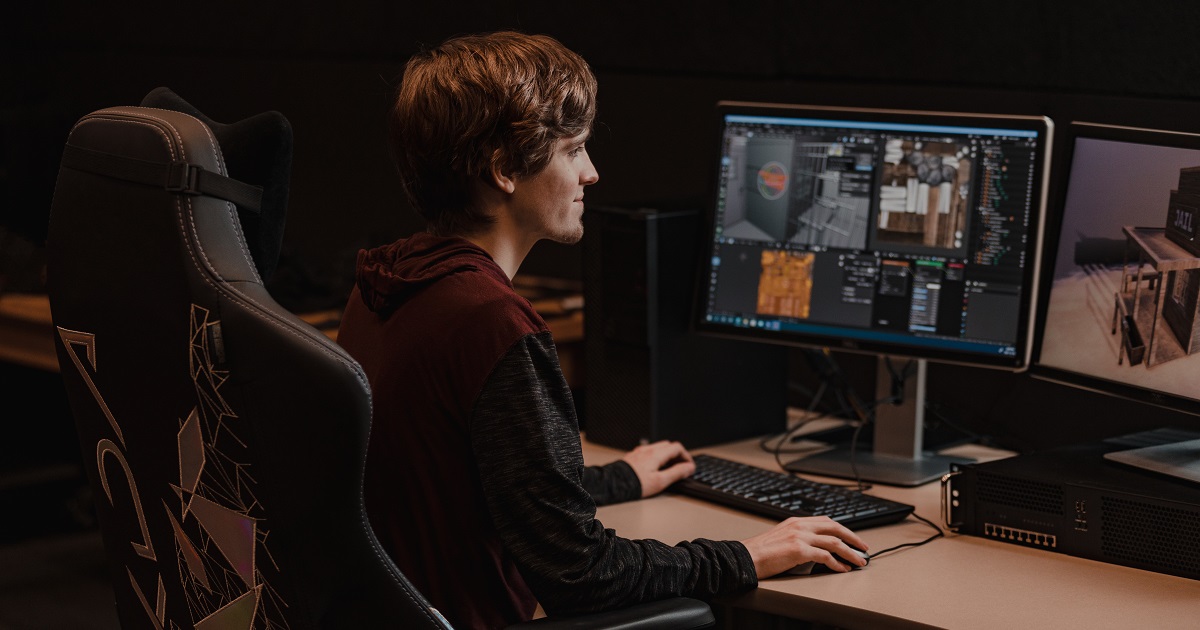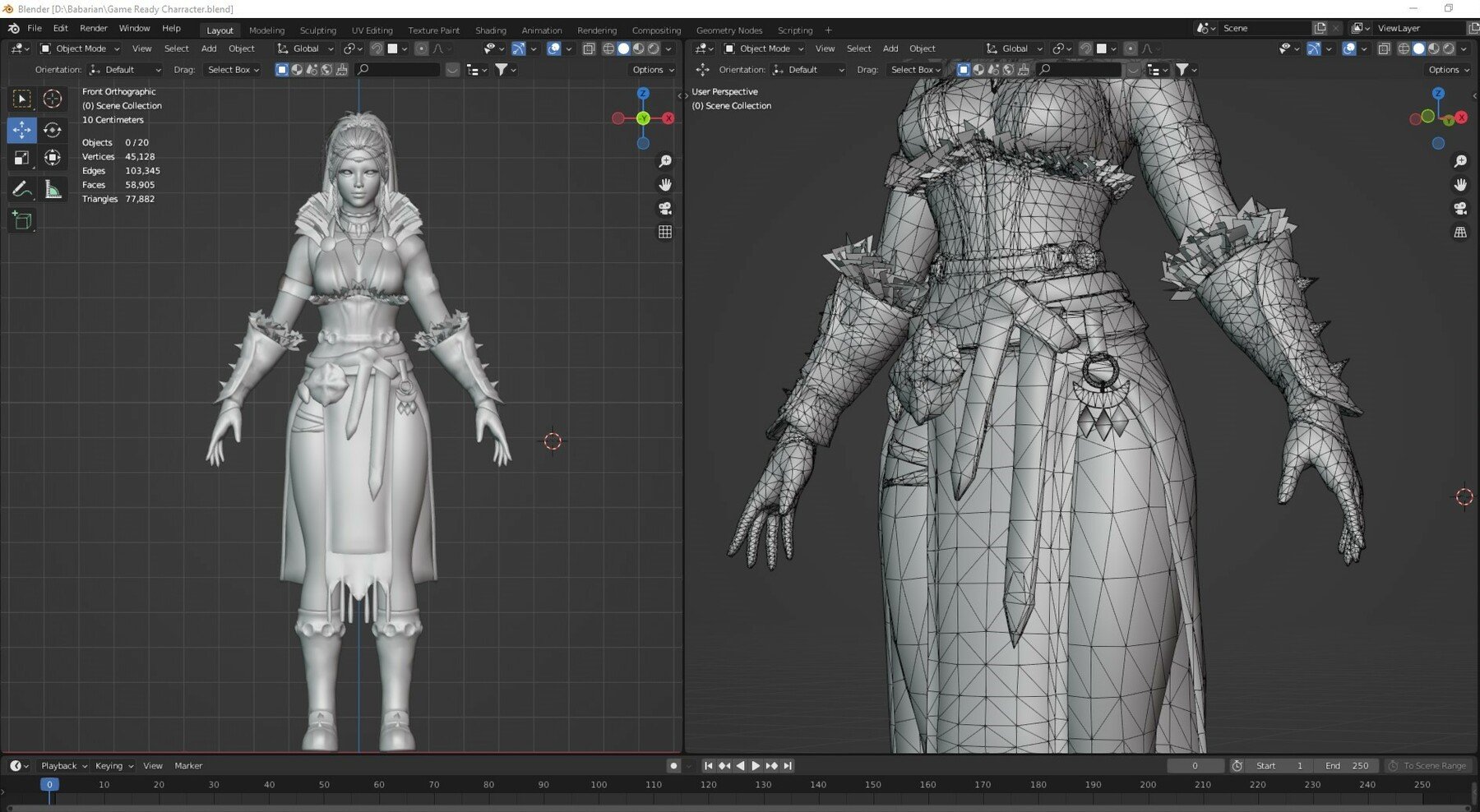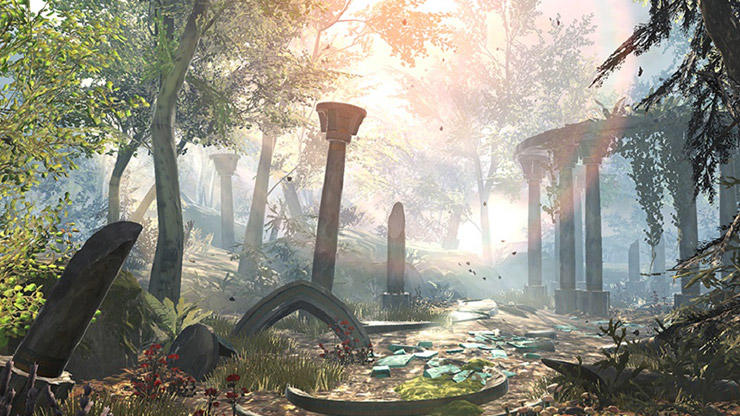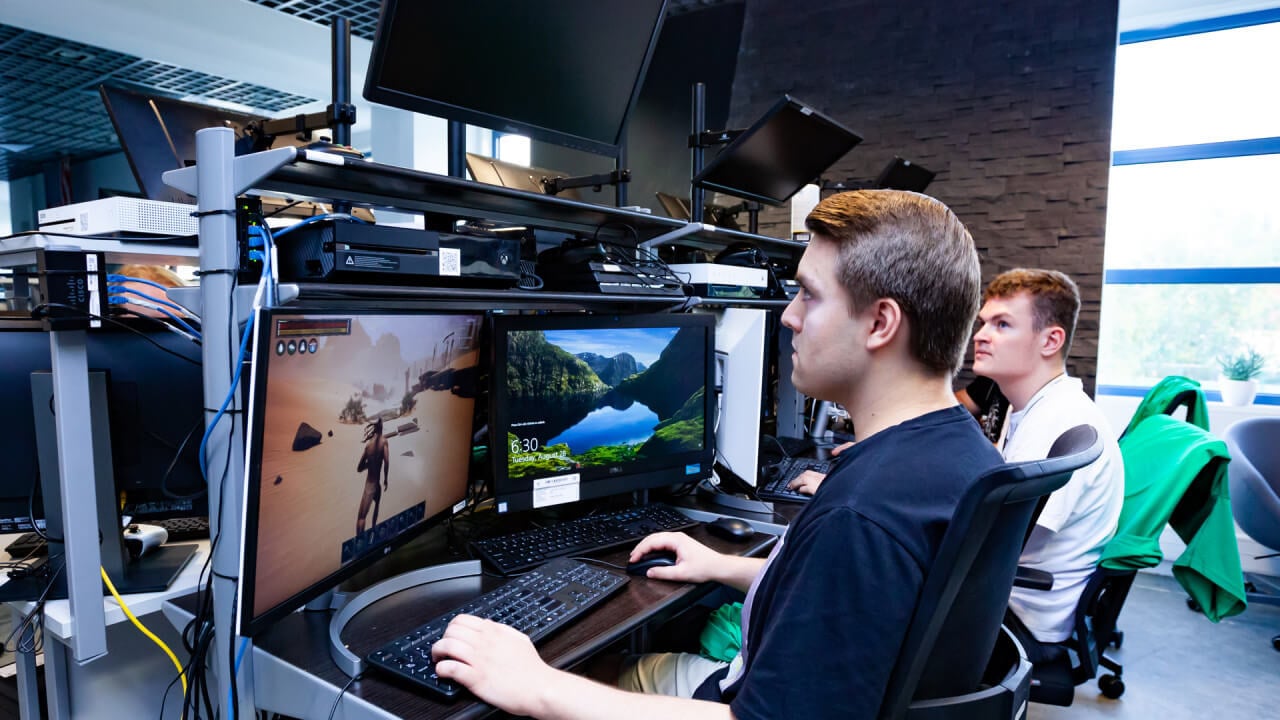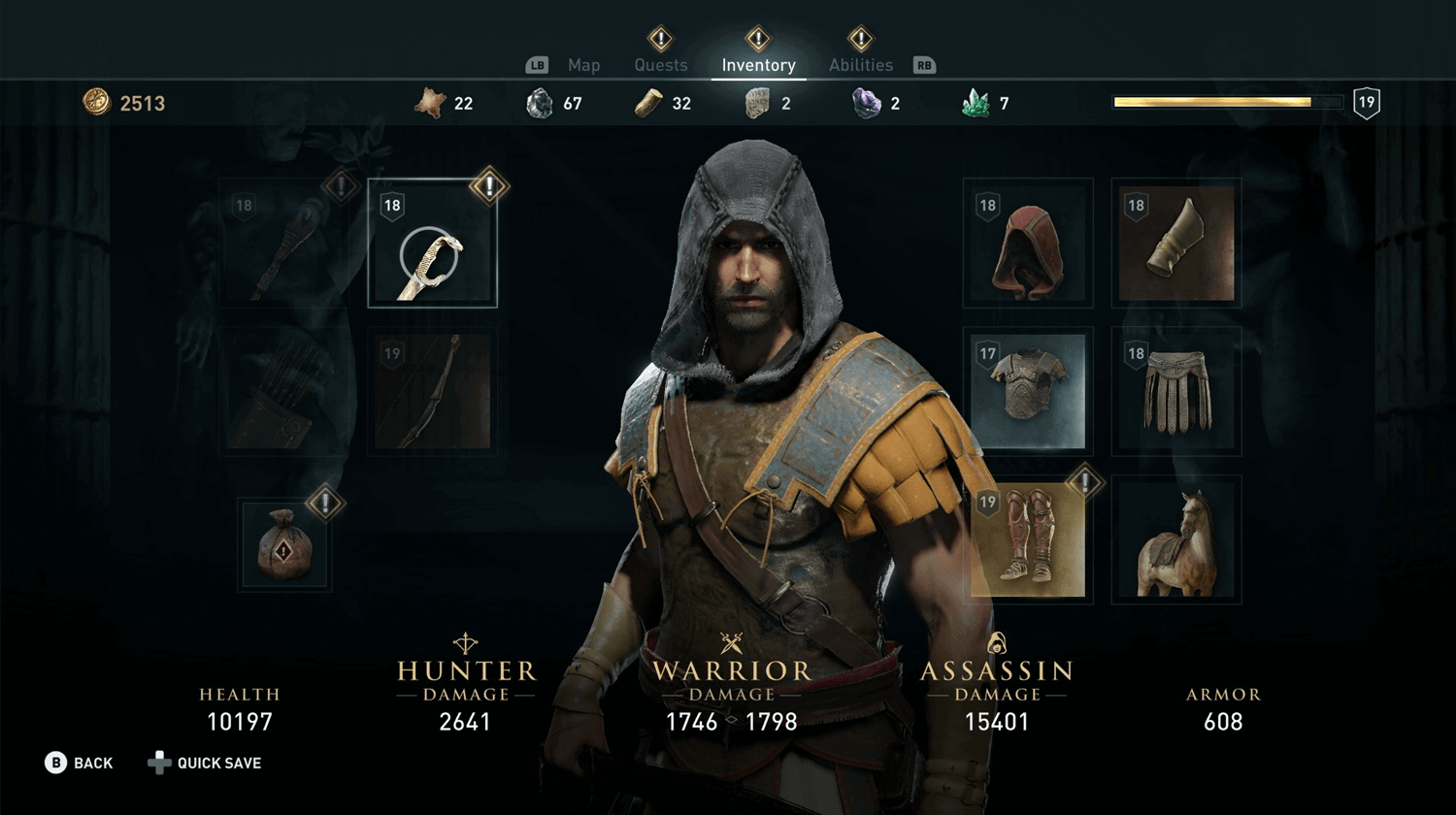If you're passionate about video games and want to create your own, you might be wondering where to start and what to consider. Building a video game is not a simple task, but it can be a rewarding and fun experience if you have the right knowledge and skills. I'll share with you some of the essential things you need to know before you embark on your game development journey.
Game development typically involves several stages, which can vary depending on the specific development process followed by the development team. Here are the commonly recognized stages in game making:
Concept and Design: This stage involves brainstorming and defining the game's concept, mechanics, story, characters, and visual style. The design document is created to outline the game's features and goals.
Pre-production: During pre-production, the development team focuses on planning and preparing for the production phase. Tasks may include creating a prototype, conducting market research, setting the project scope, and establishing the production pipeline.
Production: This is the main development phase, where the game assets are created, programming and coding take place, levels are designed, and the game's functionality and content are implemented. This stage involves various teams, including artists, programmers, designers, and sound engineers, working together to bring the game to life.
Within the production stage of game development, there are various processes that occur, and their specific order can vary depending on the development team's approach and the nature of the game being created. However, here is a commonly followed order of processes:
- Asset Creation
- Concept Art: Artists create concept art to visualize the game's characters, environments, and objects.
- 3D Modeling: Artists create 3D models of characters, objects, and environments using software like Maya or Blender.
- Texture Mapping: Artists add textures and colors to the 3D models, bringing them to life.
- Animation: Animators create movement and actions for characters and objects, including walking, jumping, and attacking.
- Sound Design: Sound engineers create and edit sound effects and music that will enhance the game experience.
- Programming and Gameplay Implementation
The production stage often begins with asset creation. This involves creating various game assets such as character models, environment designs, textures, animations, sound effects, and music. Artists and designers work on creating visual and audio elements that will be used in the game. Here's a breakdown of the asset creation process:
- Game Architecture: Programmers set up the foundational structure of the game, including the game engine and core systems.
- Gameplay Mechanics: Programmers implement the specific rules and mechanics that govern player actions, interactions, and progression.
- Controls and Input: Programmers create the input system that allows players to control the game using keyboard, mouse, or controllers.
- Physics and Collision: Programmers implement physics simulations to determine how objects interact with each other and the environment.
- AI Development: Programmers create artificial intelligence algorithms to control non-player characters (NPCs) and provide them with behaviors and decision-making abilities.
- User Interface Programming: Programmers design and implement the user interface elements, such as menus, buttons, and HUD elements.
- Level Design:
While the programming work is underway, level designers start creating the game's levels or environments. They utilize the assets and systems created earlier to build the playable spaces, set up puzzles or challenges, and design the overall flow of the game.
- Level Layout: Designers plan and create the layout of each level, including the placement of obstacles, objects, and enemies.
- Environmental Design: Designers create and decorate the environments, including terrain, buildings, vegetation, and props.
- Puzzle or Challenge Design: Designers design puzzles, challenges, or objectives that players must overcome in each level to progress.
- Scripting: Designers use scripting languages or visual scripting tools to create scripted events or sequences within the levels.
- Iterative Development
- User Interface (UI) and User Experience (UX) Design:
- Integration and Testing:
- Finalization: Once the game has undergone extensive testing and necessary improvements, the development team finalizes the project. This includes polishing the visuals, refining the audio, adding special effects, optimizing performance, and preparing the game for release.
Testing and Quality Assurance: Quality assurance (QA) is crucial to ensure the game functions as intended and is free of bugs or other issues. Testing involves both internal testing by the development team and external testing by beta testers or focus groups. Feedback is collected, bugs are identified and fixed, and iterative improvements are made.
Polishing: Once the core functionality is in place, the polishing stage begins. This involves refining the game's visuals, audio, user interface, and overall player experience. The focus is on enhancing the game's aesthetics, performance, and playability.
Release: When the game is considered complete and meets the desired quality standards, it is prepared for release. This includes finalizing distribution platforms, creating marketing materials, and generating buzz through promotional campaigns. The game is launched to the market, whether through digital platforms, physical copies, or both.
Post-release Support: After the game's release, developers often provide ongoing support and updates. This may involve addressing any remaining bugs, releasing patches, adding new content or features, and interacting with the player community through forums or social media.
These processes can overlap and interact with each other throughout the production stage. Agile development methodologies, for instance, often emphasize continuous iteration and collaboration between different disciplines, which may lead to a more fluid and flexible workflow.
Remember, game development is a collaborative process, so consider finding like-minded individuals or joining communities where you can learn, share experiences, and collaborate with others who have similar interests.

